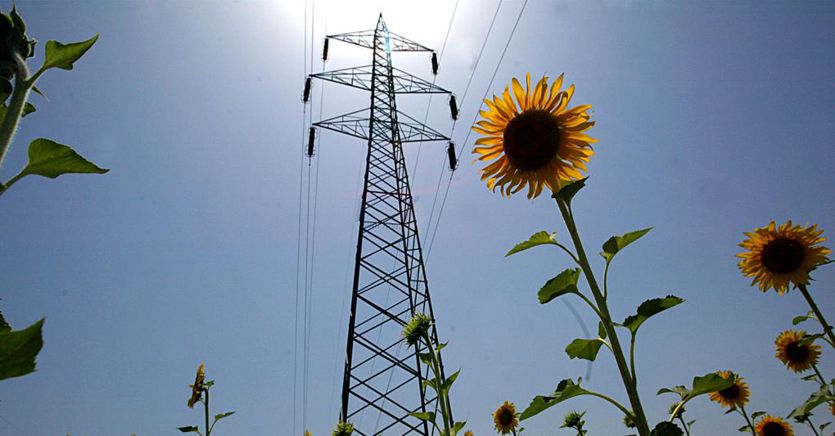Artificial Intelligence to avoid electricity blackouts from heat waves. And therefore, prevent and avoid network breakdowns.
Especially in the light of climate change which, as the experts point out, “has led to an increase in heat waves, with a trend destined to worsen in the coming years due to global warming”.
This is the objective of the work project involving the researchers of Enea, with those of the Polytechnic of Bari and Roma Tre University. The project, developed within the Rafael program and funded by the Ministry of University and Research and tested in the distribution network of Southern Italy, is based on machine learning techniques.
«The energy distribution infrastructures are systems particularly vulnerable to natural disasters and extreme meteorological events, such as heat waves especially in large urban areas – explains Maria Valenti, head of the Enea Smart Grid and Energy Networks Laboratory -. For this reason, it is important to identify new network monitoring and management solutions for the prediction of any failures, such as, for example, the data analysis and machine learning techniques that we use in our innovative approach». Also because, as the researcher argues, “the intensity and duration of these phenomena are causing an increasing number of breakdowns in the electricity distribution network, especially in urban areas, with a consequent negative impact on maintenance costs, services and overall people’s lives”.
In the first phase of the work, the team “trained” the algorithm on data relating to failures recorded between 2015 and 2020 in a large electricity grid in the South, weather conditions (ambient temperature and humidity) and energy flows, with the aim of identifying possible correlations. In the subsequent operational phase, as underlined by Enea, the researchers tested the system for the analysis of a series of input data (not seen in the training phase). Among the algorithms tested, one in particular gave the most accurate results in terms of forecasting future failures of the electricity grid studied as a function of both meteorological conditions and energy needs. “Having the ability to predict malfunctions – adds the researcher – potentially allows the network operator to implement corrective actions aimed at minimizing disruptions for users of the electricity service”.
Starting from the fact that in the city the network is subject to greater load stresses, due to the increase in the demand for electricity concentrated in particular in the hottest hours of the day, due to the greater use of air conditioning systems and from the fact that «the air temperature often exceeds 40 °C and even during the night hours it remains above the historical average», the researcher highlights an aspect that emerged from the studies: «most of the failures occurred at the level of the cable joints and that, therefore, these elements suffer more from the problems of heat waves”. A useful element for operators and manufacturers of electronic components, “who will thus be able to conduct more targeted analyzes to obtain more resilient networks”. Not only maintenance, therefore but also forecasting. “Thanks to the proposed approach, the network manager will be able to use our suitably ‘trained’ failure prediction model to carry out corrective actions on the distribution network concerned – concludes the researcher – and avoid damage to the infrastructure and disruption to citizens and businesses. in particular in the period between May and September, when most of the breakdowns caused by high temperatures and heat waves are concentrated»

